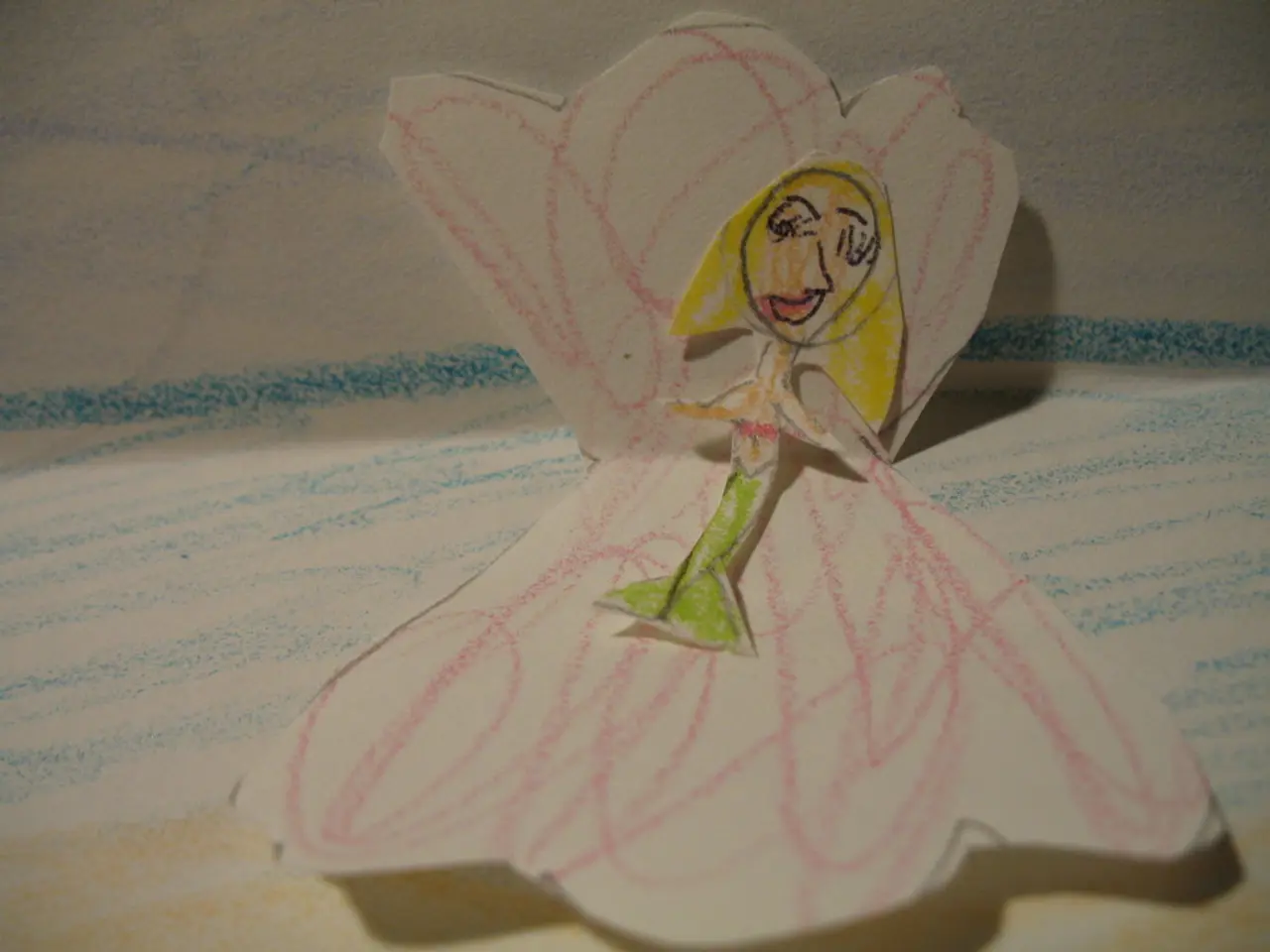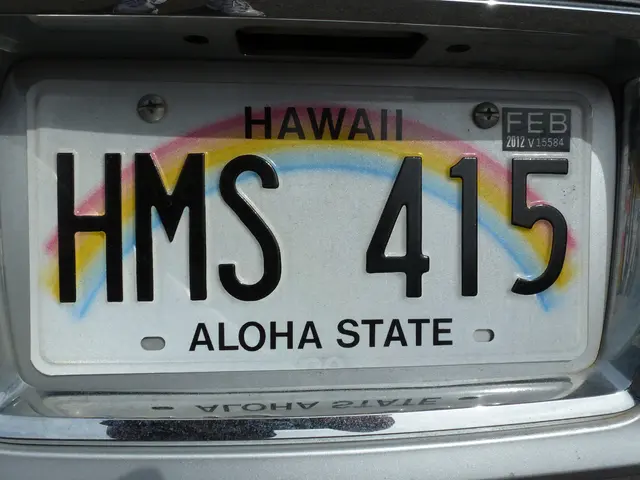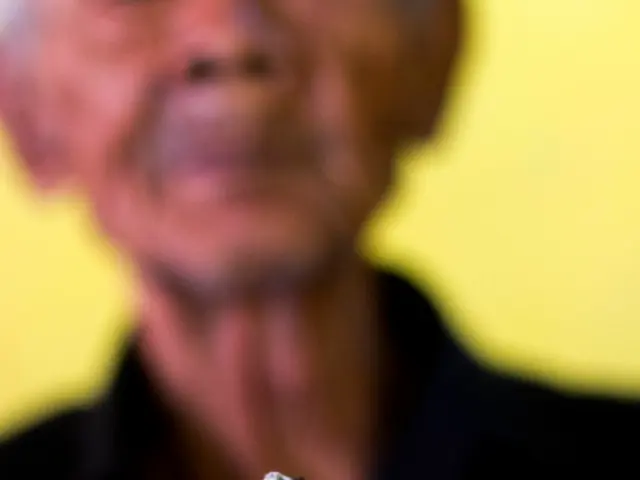Ledger Art: A Timeless Plains Indian Tradition That's Still Captivating Collectors Today
Ledger art, a unique form of Plains Indian drawing, has evolved over centuries and continues to captivate collectors today. This art form, initially created by warriors to record battles and social status, now touches various fields such as ethnography, political science, and history.
The tradition began in the late 19th century, with artists using accountant ledger books, hence the name 'ledger art'. Contemporary artists like Dwayne 'Chuck' Wilcox and Dolores Purdy carry on this tradition. Pieces can cost thousands to over six figures, making collecting a serious investment.
Early forms of ledger art included rock art and buffalo hide paintings. The genre changed as the relationship between Plains peoples and the U.S. government shifted by the 1870s, leading artists to depict ceremony and daily life. A notable example is the Ledger art piece featuring a horse and a bleeding white man, created by an unknown artist and housed in the Vincent Price Ledger Book.
Ledger art provides invaluable first-person insights into Plains Indian culture and history. Collectors today seek trusted dealers, examine piece condition, and prioritize quality, authenticity, and personal taste. Despite its origins, ledger art continues to inspire and intrigue, bridging the past with the present.
Read also:
- Festival spanning two days in Bamberg potentially featuring a notable attendee?
- Spectacular Train Rides Offering Canada's Most Awe-Inspiring Panoramas
- Urban Pacific microcosm: Playa Renaciente encapsulates the essence of city life along the Pacific coast
- Family United by Khaleej Times: Indian Family Celebrates Their Second Year of Reunited Life in Dubai








